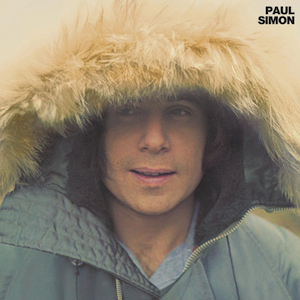Just as the Beatles were beginning to take more time with their albums, so was Brian Wilson. In need of a stopgap while he labored over the band’s next real album,
Beach Boys’ Party! was hurriedly recorded and released in time for Christmas. (It also extended the trend of the exclamation point to three consecutive albums.)
The concept was simple: the Beach Boys hanging out with their friends and girlfriends slash wives, drinking pop and eating potato chips, strumming their guitars for a low-key singalong. Percussion comes from a set of bongos, a tambourine, and whoever wants to clap along (plus, according to the liner notes, Al Jardine on ashtray). A few years earlier, this would be called a hootenanny; a generation later, MTV would make a mint on the idea, save the pop and chips.
Save two tracks, the songs on Party! aren’t busked renditions of their greatest hits, but lean toward songs that they loved as teenagers—or would love if they still were teenagers. That’s how “Hully Gully” is followed by joyfully reverent takes of labelmates the Beatles’ “I Should Have Known Better” and “Tell Me Why”. “Papa-Oom-Mow-Mow” is the first nod to their own catalog, having already been on the previous year’s live album, while “Mountain Of Love” was obviously a favorite, as Brian Wilson would lift the bridge for his own “Little Children” two decades later. Dennis does his best on another Beatles song, “You’ve Got To Hide Your Love Away”, while the rest of the party giggles. Some of the chatter between songs is a little cringey in retrospect, with Brian and Mike Love taking different tacks on crowd control, but they come together nicely on “Devoted To You”.
“Alley Oop” picks up the pace, and while it’s slower, the gang harmonies on the Crystals’ “There’s No Other (Like My Baby)” keep it going. That’s the cue for Mike to goof on “I Get Around” and “Little Deuce Coupe”, which is a dangerous setup for Al’s appropriately nasal “The Times They Are A-Changin’”, which prompts all kinds of jeering from the gang. The best is truly saved for last, as “Barbara Ann”, led by (Jan &) Dean Torrence, would become one of their biggest hits. (In fact, it was rushed out as a single in the wake of the failure of “The Little Girl I Once Knew”.) The album version goes on another minute, with false endings and further wackiness.
Beach Boys’ Party! does perpetuate the myth of sun and fun that was present from their first singles and albums, complete with lots of photos of the boys and their girls. Surely more than one record-buyer wished he or she was invited to the party itself, rather than looking in from the outside.
Nothing is what it seems, of course, and history has shown that despite the final presentation, each of the
Party tracks was recorded and mixed first, with the chatter and whatnot added in during final mastering. For the album’s fiftieth anniversary, after the band’s curators had begun various archeological restorations of the band’s oeuvre,
Beach Boys’ Party!: Uncovered And Unplugged presented the songs on the album without the extra party effects, alongside excerpts of other songs and chatter attempted at the album’s sessions, filling up two CDs.
Despite coming from four of five different recording dates, the “uncovered” mix of the album still sounds as fun as the final product, like they actually were enjoying themselves, with minimal ribbing but still lots of goofing around. The sessions give a glimpse of the other dozen songs attempted in the process, including two further Bob Dylan songs, the Beatles’ “Ticket To Ride”, the Stones’ “Satisfaction”, Sonny Bono’s “Laugh At Me” (with parodic lyrics by Mike), several Lieber-Stoller tunes (including several attempts at “Ruby Baby”), “Twist And Shout”, “Long Tall Sally”, and “You’ve Lost That Lovin’ Feelin’”. “Riot In Cell Block #9” predicts a song on a future album, and it’s somewhat fitting to see that the project did indeed conclude with “Barbara Ann”.
Footnote: The album was not ignored in the 1990 two-fer rollout of the Beach Boys catalog. Since it was such an anomaly to begin with, the caretakers chose to pair it with 1969’s oddball Stack-O-Tracks, which presented 15 Beach Boys classics in classic duophonic sound (upgraded to true stereo for the CD) but no vocals, giving the budding Beach Boy or Girl the chance to sing along thanks to the included lyrics and chords booklet (which was not included with the CD). Until the 1993 box set, archival reissues of Pet Sounds, and The Smile Sessions, this was the only way to hear those intricate backing tracks. The upgrade even included three bonus instrumental mixes.
The Beach Boys Beach Boys’ Party! (1965)—3
1990 CD reissue: same as 1965, plus Stack-O-Tracks album and 3 extra tracks
2015 Uncovered And Unplugged: “same” as 1965, plus 69 extra tracks



:format(jpeg):mode_rgb():quality(90)/discogs-images/R-4196012-1358632061-1020.jpeg.jpg)
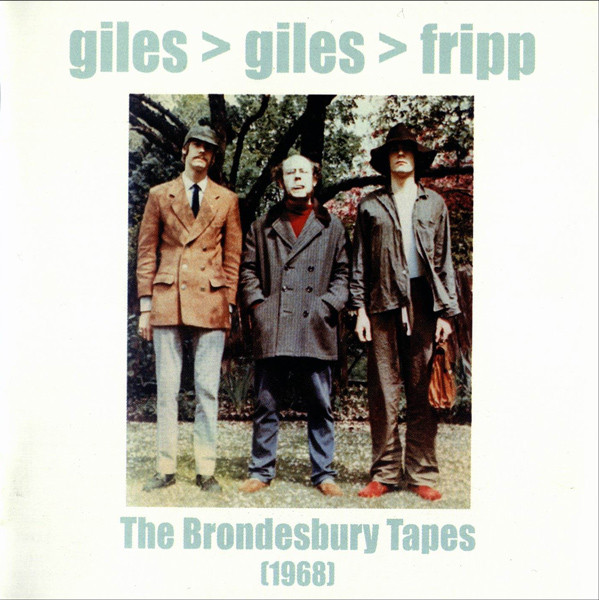

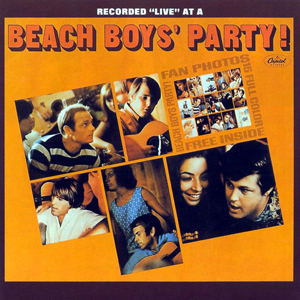
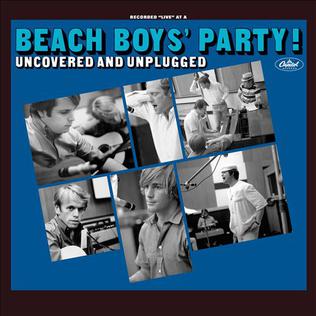
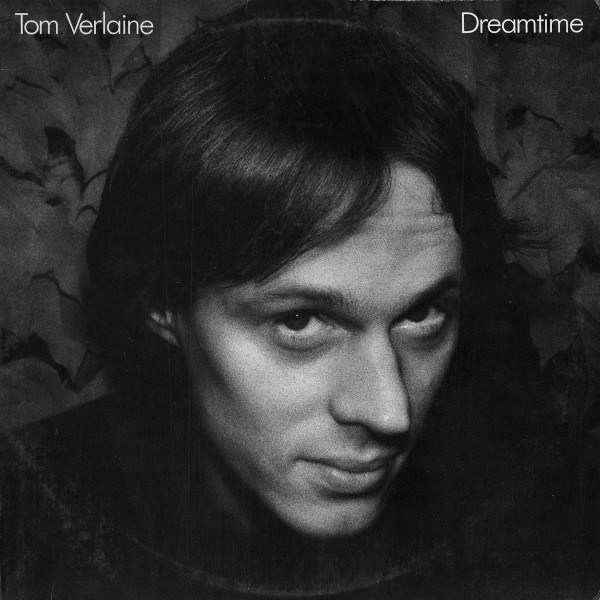
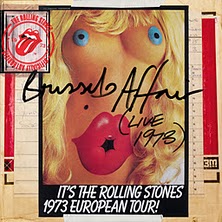
:format(jpeg):mode_rgb():quality(90)/discogs-images/R-13159455-1549092332-3136.jpeg.jpg)


